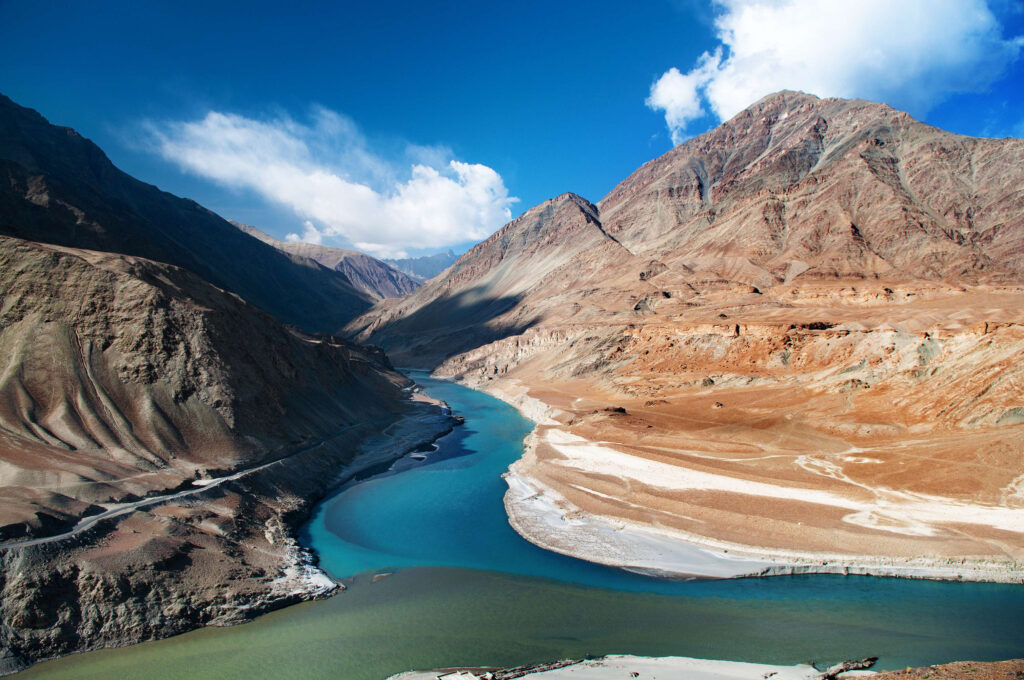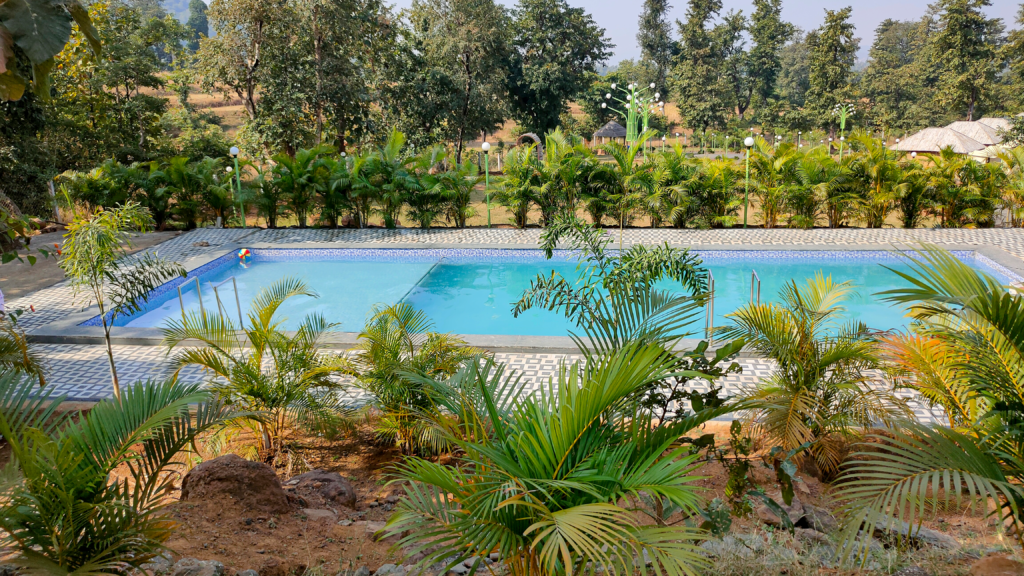Explore the awe-inspiring beauty of Yosemite National Park with the challenging Half Dome Trail, showcasing panoramic views, or opt for the Mist Trail to witness the cascading wonder of Vernal and Nevada Falls amid stunning granite cliffs. For a shorter yet rewarding hike, ascend Sentinel Dome for breathtaking 360-degree vistas of Yosemite’s iconic landmarks.
Best Hikes In Yosemite National Park
How To Plan and Prepare a Hike in Yosemite National park?
Many visitors only explore Yosemite from their car, but most of the park is back country, which is nicely experienced by trekking. There are treks for every level, and this hiking guidance will help you select the ideal one and have a wonderful time encountering it.
It’s time to leave the crowds and cars behind and relish Yosemite National Park the way it was meant to be.
Planning Hikes in National Park :
It’s essential to understand Yosemite’s geography before you begin selecting hikes to do. For instance, if you desire to trek the Half Dome, Clouds Rest, and then like to spend the night in Yosemite Valley, you will likely be in the car for almost 5 hours.
Plan your treks wisely to maximize outdoor time and minimize driving. Do your most prolonged trek first and then add some optional roadside attractions and shorter hikes after that.
Half Dome : 17 miles (27 km) round trip, strenuous, 12 to 16 hours
Half Dome has become the path for thrill-looking trippers touring Yosemite National Forest. The 4900 ft climb is among the most rewarding and challenging treks in the U.S.
It carries in the pleasing Vernal and Nevada falls, before heading through serene sequoia forests and beyond the timber blankets to a dizzy 200 ft cable-supported jaw-dropping granite climb to the 8845 ft Half Dome peak.
Mist Trail : 5.4 miles (8.6 km) round trip, moderate to strenuous, 5 to 6 hours
This belter of a hike ascends a long, tricky granite staircase, which curves along the Merced River as the heightened waterfall spray mist on backpackers.
Multiple visitors prefer to begin at Happy Isles in Yosemite Valley and just ascend the 1000 ft, 2.5-mile round tour to the deep 317 ft Vernal waterfall.
Visitors with strength left in their legs can climb the switchbacks a further 2000 ft to the roaring and powerful 595 ft-high Nevada Fall. Ascend over it for great vistas of the valley, then descend through the John Muir Track for aviating sights of the Liberty Cap dome and Nevada waterfall beside it.
Yosemite Valley Loop : 11.5 mi (18.5km) full loop, easy, 5 to 7 hours
Don’t hike this route for the wow factor, but to relish some understated national park grace– and discover a stunning amount of isolation.
With little altitude difference, the course follows a few of the foremost wagon roads in the region and is an excellent way to get familiarized with the site’s granite cliffs, meadows, and natural water features.
Wanderers will witness the amazing vertical rock formation El Capitan– a 3000 ft granite monolith externalize by Alex Honnold in the Oscar-winner film Free Solo – and among the most towering falls worldwide, Yosemite Falls, dropping 2425 ft from top to bottom.
The path is best achieved in the fall when the trees turn golden and red, or in spring when the flowers are in bloom. Around dusk, there’s a fine possibility of witnessing mule deer. Keep an eye too for woodpeckers, hawks, and elusive black bears.
Four Mile Trail : 9.6 miles (15.4 km) round trip, strenuous, 6 to 8 hours
This track is the entire package, linking two of the park’s major attractions – Glacier Point and Yosemite Valley– and boasting exquisite vistas.
Mounting 3200 ft from the valley floor to elevations of 7200 ft, along switchbacks, forest paths, and vast rocky ledges, it shows off the forest’s most treasured landmarks: Cathedral Rocks, Yosemite Falls, El Capitan, Sentinel Dome, Tenaya Canyon, Mirror Lake, Half Dome, North Dome, Clouds Rest, and the Royal Arches.
Mirror Lake : 2 to 5 miles round trip, easy, about 2 hours
Get up near the base of Half Dome on this cozy trek through tranquil forests, through Tenaya Creek to Mirror Lake – among the few swimming spots in the forest.
The teardrop-shaped bowl of Mirror Lake formed as a result of landslides in the region, believed to be driven by a historic earthquake.

Picking a place to stay :
Accommodation varies from historic hotels to camping, to extravagant lodges within Yosemite. There are also alternatives like chain hotels outside of Yosemite, but the drive-in and out can be a downer.
Here are some general suggestions for staying somewhere suitable for hiking.
- Book as much as possible in advance. Lodging, particularly in Yosemite Valley, is the most challenging thing to obtain. If the site is full, try the region near El Portal which generally has more suitable availability and is well near the park.
- Even though it’s costly and tough to bag, staying in Yosemite Valley is your finest choice and worth the additional price. You will be in the center of all the amazing treks and can savor the iconic sight when you are relaxing. If you reach out into the Valley earlier, you can generally have it mainly to yourself.
- There are a few last-minute choices and few openings/cancellations in Yosemite Valley. You may acquire last-minute lodging in person at Curry Village; it’s possible but a long endeavor.
- If you stay outside of Yosemite, there are chain restaurants and chain hotels. Oakhurst and Mariposa are the two major towns with this kind of accommodation.
- If you’ve backcountry access (for camping) – you can remain in one of the “backpackers campsites” without any bookings for 1 night before and 1 night after your permit. This is a comfortable way to achieve a premium spot in the Valley or Tuolumne Meadow to travel.
Traveling Between Areas :
Driving around the park is never easy, even if you’ve got the road to yourself. Most routes are twisty, jam-packed with scenery, and have a lower speed limit. So plan accordingly and just accept it. Two major culprits make things worse: slow drivers and traffic.
When there is snow, leading roads like Glacier and Tioga can be shut entirely.
Most of the time you’ll be stuck behind other visitors just moving slowly and sponging in the vista. For a majority of individuals, the park is an experience that revolves around roadside draws and driving.
Be patient, if you are stuck behind a slow driver. Most slow drivers will receive the message when they witness a queue of cars after them and then pull over. It’s simply all kinds of deals.
Here are the rough travel times between sections.
Wawona ↔ Yosemite Valley: 1 hour to 1:30 hours
Yosemite Valley ↔ Tioga Road: 1:15 to 2 hours
Tioga Road ↔ Wawona: 1:30 – 2:30 hours
There are also shuttle bus services available in Yosemite Valley. If you’re in the Valley, the free shuttle bus is your companion. It also has its own bus lane to restrict traffic.
It does a constant loop near the Valley, stopping at several significant trailheads. With the bus, you can head to the Half Dome, Mist Trail, Mirror Lake, Yosemite Falls, and many others.
Yosemite Weather :
The park gets a vast variety of weather and you must plan accordingly for trekking.
To begin, the national park has seasons. In the summertime, it can be 100F (not quite good) and in the wintertime, it can be quite below freezing.
And then there are also the various areas of the park, which sit at different heights and can also possess micro-climates due to their setting.
Eventually, add the fact that you’re in the Sierra Nevada Mountains, and you can experience fast-changing conditions. So always check the forecast of the region that you’re trekking in before heading out.
Generally, here’s the hiking lowdown for each season.
| Season | Temps | Conditions |
|---|---|---|
| Winter | 20 to 60F | Cold and wet with multiple routes and paths shut – open courses can have snow and ice |
| Spring | 32 to 75F | Raging streams – Melting snowpack – a few tracks and roads still shut – wildflowers Summer |
| Summer | 40 to 100F | Perfect conditions but crowded – can get quite hot at lower heights – rare afternoon thunderstorms in the mountains – low-to-no rain in most areas Fall |

Tips for hiking in Yosemite National Park :
Get a forest map at the entry and go to the visitor center for up-to-date track info – weather, fires, river flows, landslides, fallen trees, and more can make hikes inaccessible.
Be bear-alert, particularly in the backcountry. Utilize a bell on treks so bears know you’re coming, carry bear canisters if camping in the park, and employ bear vaults in campsites. Don’t keep food in your car overnight.
Don’t forget to join the permit lottery if you wish to ascend Half Dome or leave the site through the John Muir Trail. You will probably require a ticket for backcountry treks as well, so check your course’s constraints in advance.
Utilize the shuttles when possible to help decrease traffic in the area.
Hike early in the morning for lesser crowds. Book campsites in advance if possible.
If you are engaging in a multi-day hike, plan your water consumption: know where you can refill your water bottles on the path, and use a water filter or sterilizing tablets when filling up from a river.
Don’t depend on your cell phone – the signal is nearly non-existent and patchy in the back country. Rather, download offline maps before you access the forest.
Gear Recommendations :
There is a gear shop in Yosemite Valley, but the stock is limited. You’re much better off purchasing trekking equipment online or at another gear store before you head to the park.
Always have a printed map, even if you’ve got a cell phone or GPS. Batteries die.
Download a free hiking GPS app like AllTrails or Gaia GPS and use it in airplane/offline mode.
There is no cell service in most of the park, so if you like to use SOS, consider investing in a satellite communicator that allows you to call and send texts for support without a cell signal. It is likely only worth it if you plan on trekking often though.
The easiest and most helpful thing you can bring is a flashlight or a headlamp. There’re many rescues involving individuals stuck out after the evening who don’t know how to reach back. Check the batteries before you head and carry extras.
Follow the water suggestions for your trek. In Yosemite Valley, you can refill your water with spigots without regaling it. If you’re refilling from a spring or stream, you need to filter your water. If you don’t own a hydration bag, bring two 1.5L Smart Water bottles and fill them as required.
Hiking poles can be handy on extended ascents and steep descents.
Bring an additional layer and rain shell if you’re heading up in the mountains. The weather can get cold and thunderstorms can reach up quickly.
Keep some snacks or energy bars in your bag in case you run out of hunger. The treks in the park are probably more challenging than you think; bringing an energy boost can aid.
Flies and mosquitos can be severe, particularly on Tioga Road. Bring insect repellant and carry a reasonable bug headnet. The headnet seems silly but is a lifesaver if bugs are crowding near your face.

FAQS :
How many days do you require to trek Yosemite?
For the most pleasing experience, plan on spending at least three days in the park, specifically if you love hiking. Three days offer you sufficient time to hike some trails, drive Tioga Road to Olmsted Point, explore Yosemite Valley, and visit Taft Point and Glacier Point.
Can beginners climb in Yosemite?
The park has climbing choices for beginners and professionals alike. Whether you’re keen to try something new in a stunning location or seeking to challenge yourself on the park’s iconic rock climbs, you will like your adventure in the park.
What is the most suitable month to hike Yosemite?
May to September is the most favored time in Yosemite national park. This period corresponds with the most amazing weather and is also when all the routes, paths, shuttles, lodging, and draws in the park are open.
How much water do I require to bring on a Yosemite hike?
A minimum of 3 liters/quarts of water per day is advised and more if you are heading to be on a track with plenty of elevation gain or with little shade. That can be a ton to bring so the most suitable idea for lengthy day hikes is to carry a system for filtering your water.




